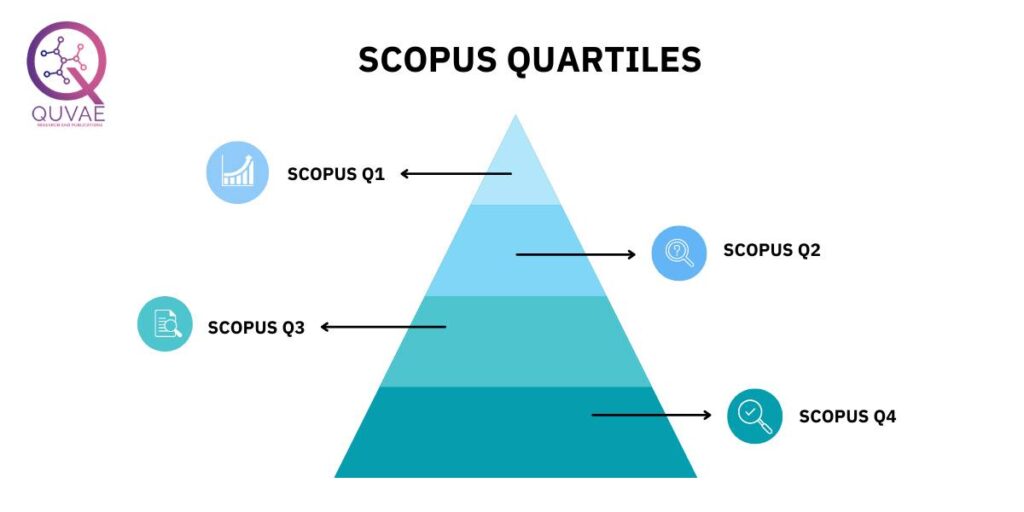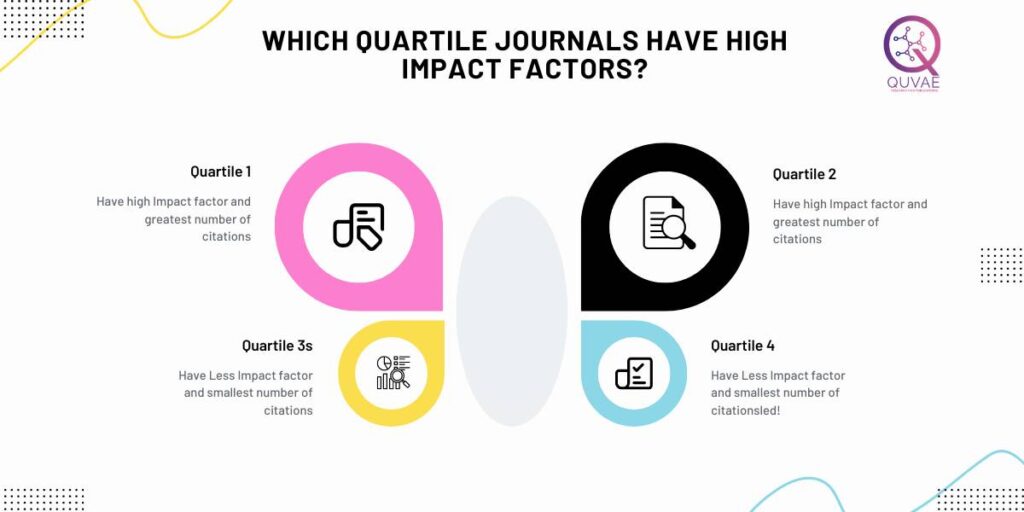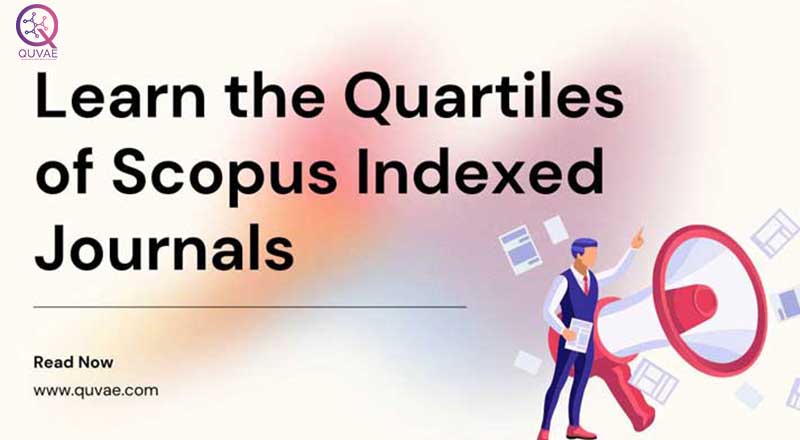It is often necessary to publish in a Scopus-indexed journal or publication to reach the widest possible audience. However, identifying the most suitable journal or publication can be a daunting task. This blog provides an overview of Scopus-indexed journals and publications, as well as their various categories, such as Scopus Q1, Q2, Q3, and Q4. Furthermore, we will provide guidance to help you identify the best journal or publication for your research, as well as strategies to increase your chances of publication. blog, you can make an informed decision about which publication will be most beneficial for you.

Scopus quartiles
Scopus Quartiles is a method to measure the impact of a journal, publication, or article. It is a measure of the quality, rather than the quantity, of research by examining the citation impact of the journal or publication. Quartiles are used to compare journals and determine those that have the highest impact. The lower the quartile score, the higher is the impact of the journal or publication.
Scopus Q1 Journals
Quartiles measure the citations of a journal or publication against those of all journals and publications indexed in Scopus. These are divided into four categories: Q1, Q2, Q3, and Q4. Journals and publications with a Q1 score had the highest impact and the greatest number of citations from other publications. Conversely, journals and publications with Q4 scores had the lowest impact and the least number of citations.
By examining the Scopus Quartiles of a journal or publication, researchers can obtain an idea of its quality and impact. This helps them decide which journals and publications to submit their research to and which ones to prioritise when looking for citations. Scopus Quartiles is an important part of scholarly research and provides an easy way to compare the impacts of journals and publications.
Scopus Q1, Q2, Q3, and Q4 Journals

Scopus-indexed journals and publications are valuable tools for publishing research articles. They provide a platform to showcase the research of authors and create a highly competitive market for high-quality papers. By thoroughly researching and assessing various journals and publications using the Scopus indexes, we can ensure that the research is seen and recognized by the scientific community. Furthermore, by understanding the differences between the Scopus Q1, Q2, Q3, and Q4 journals, informed decisions can be made when selecting the right publication to present the research findings.

